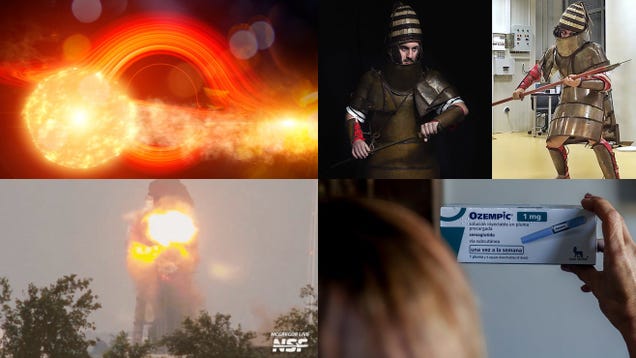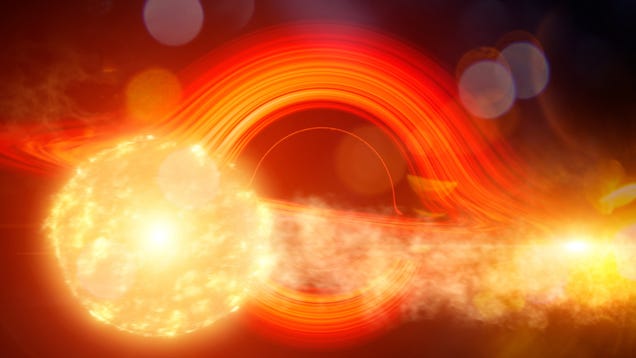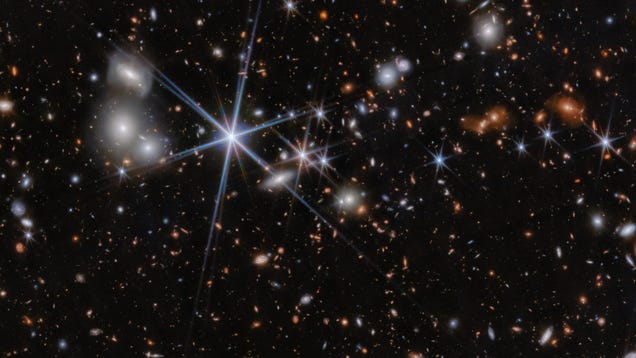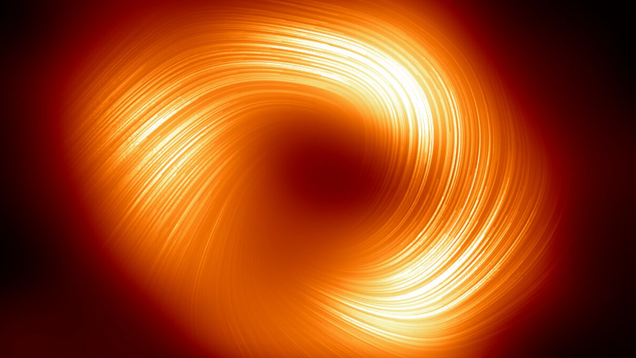
Stars very close to the center of our galaxy could be fueled by dark matter in perpetuity, according to a team of astronomers who recently studied the distant light sources.

Stars very close to the center of our galaxy could be fueled by dark matter in perpetuity, according to a team of astronomers who recently studied the distant light sources.
Five years ago, a galaxy 300 million light-years away got a lot brighter in telescopes, radiating ultraviolet, optical, and infrared light out into space. This year, the resurgent galaxy started emitting X-rays, indicating that its initial brightening was really just a warmup.

This week, science reporter Isaac Schultz described a groundbreaking effort to measure the spin of a supermassive black hole, and a fascinating experimental archaeology experiment in which marines fought each otherto test how well ancient Mycenean armor works. Other science coverage included a botched SpaceX engine…

A team of astronomers has managed to calculate the speed of a distant supermassive black hole’s spin thanks to the object’s chance meeting with a star—which it promptly destroyed.

The cutting-edge Webb Space Telescope has spotted the most distant black hole merger yet, which occurred when the universe was just 740 million years old. It’s the first time astronomers have seen a merger so early in the universe’s history, making it a record breaker.
Light famously cannot escape the event horizon of a black hole, leaving astrophysicists to theorize and speculate what it’s like beyond the limits of human perception. Now, NASA researchers take that theorization a step further, in the form of an animation that takes you (the viewer) into the black hole.

The supermassive black hole at the center of our galaxy is the undisputed heavyweight champion of the Milky Way, but a newly spotted object takes the crown for the most massive stellar black hole known in our galaxy, weighing in at an impressive 33 times the mass of our Sun.

A new image of our galaxy’s central black hole reveals the magnetic field surrounding the object in polarized light. The image reveals how gas and superheated matter in the immediate vicinity of the black hole move around it. But aside from that, it’s a great way to visualize the extreme physics happening at the…

A collision of two extraordinarily dense, collapsed stars in the distant universe is providing potential clues to the axion, a dark matter candidate first proposed half a century ago.